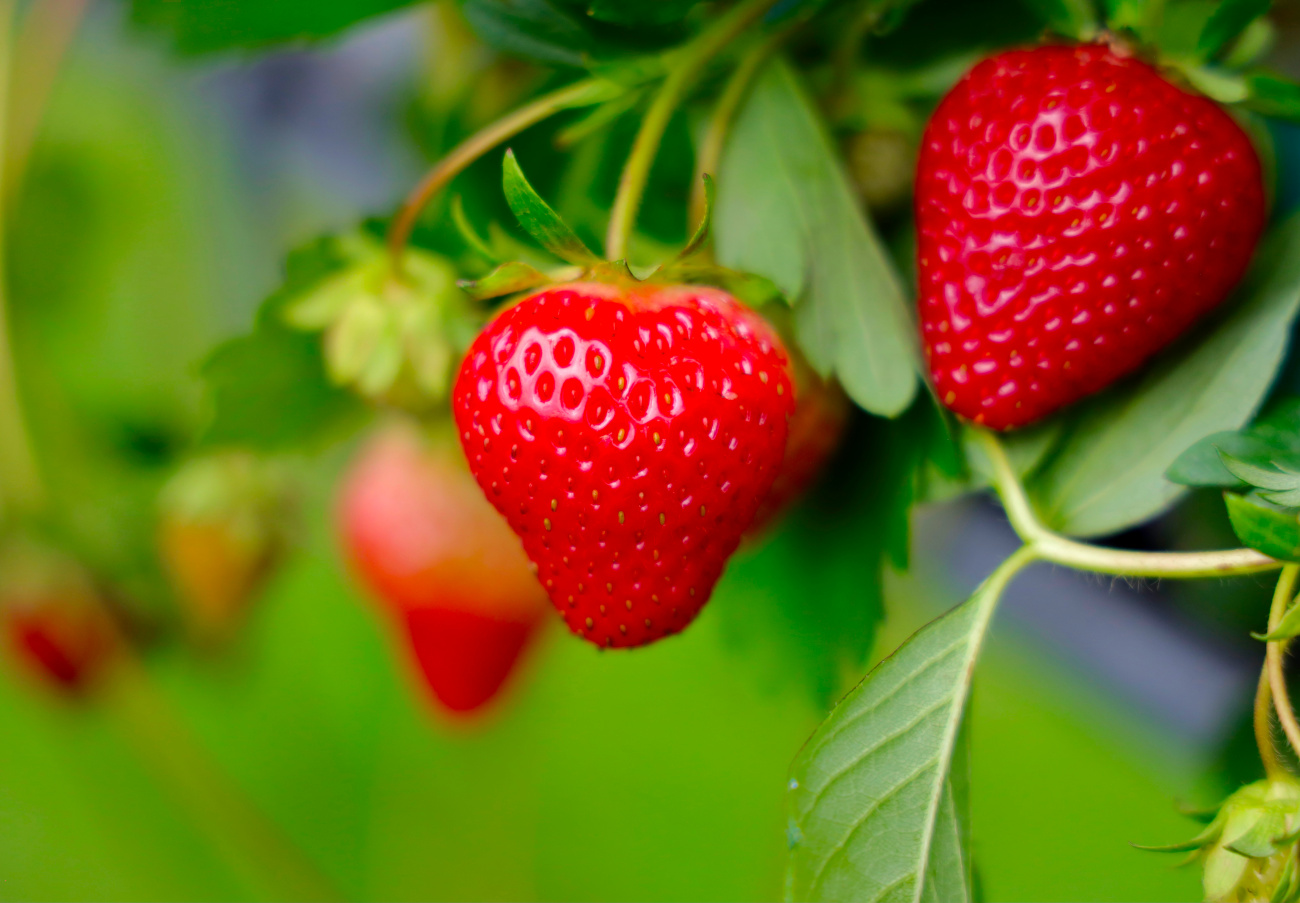Cooked down into a thickened sweet jam, sliced and garnishing a bed of whipped cream-covered yellow cake, or eaten plain as is, strawberries hold a special place in the culinary world. These bright red jewels of fruit are the backbone of the warm weather months, the highlight against the drudgery of the dark, dormant winter. Yet when we see a strawberry with its bright red fruit and sprinkling of seeds, the shape and structure of the strawberry itself is quite odd. No other berry presents itself in the same manner. Why are these tiny seeds on the outside?

When it comes to the strawberry, everything isn’t how it seems.
The strawberry flower has multiple ovaries, and all of these ovaries form fruits. Yet unlike other fruits — where the ovaries swell and become the edible fruit we all enjoy — the strawberry’s receptacle swells, forming the red edible part we know as the strawberry. The red part we always thought was the strawberry fruit is actually the organ that helps the flower and fruit grow.

The tiny ovary fruits then get embedded onto the surface of the swollen receptacle and the petals of the strawberry flower fall off. These tiny beige-colored seeds aren’t the seeds but are the actual fruit of the strawberry. Within each of these tiny fruits is an even tinier seed to germinate and repeat the whole process again.

Very few fruits have the same sort of pollination and development, making the strawberry even more of a treat to eat!













